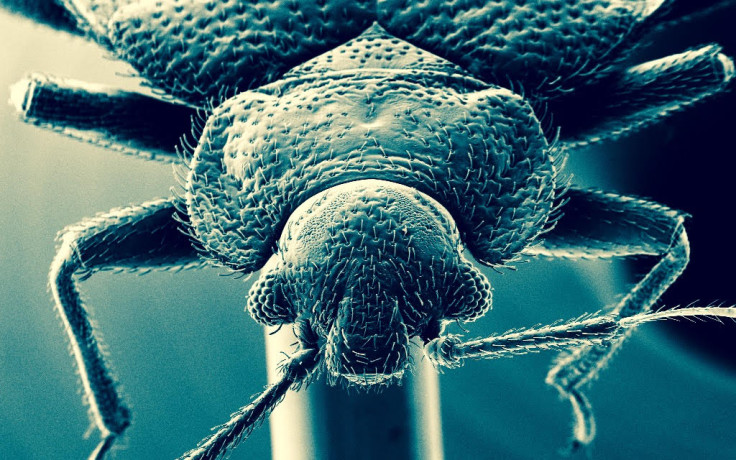Blood-sucking bed bugs grow thicker skin to resist insecticides

Bed bugs have adapted to common pesticides by developing a thicker skin, scientists say. The global resurgence of the blood-sucking species in the last decade could be explained by this evolutionary response.
Bed bugs are found in cracks and crevices in and around beds, and crawl out at night to feed off human blood, not unlike a mosquito. As a result, some people can develop itchy red bumps on their skin less than half an hour after being bitten, which can last several days.
The good news is that bed bugs do not carry any diseases which could harm humans. The bad news is they are hard to get rid of, and their presence can be distressing. Common insecticides are becoming less and less effective.
This latest study, published in PLOS ONE by scientists from Sydney University, sought to understand how bed bugs became so resistant, in order to come up with more adequate strategies to control the population.
Thickened skin
For the purpose of this research, the scientists collected a number of Cimex Lectularius L,
the common bed bug and exposed them to a common pyrethroid insecticide, while measuring the time taken to kill them.
Examining the bed bugs' morphology, the scientists discovered a link between cuticle (or skin) thickness and time to knock-out, or insect death. "Bed bugs, like all insects, are covered by an exoskeleton called a cuticle," explains lead author David Lilly, a PhD candidate at the University of Sydney. "Using scanning electron microscopy, we were able to compare the thickness of cuticle taken from specimens of bed bugs resistant to insecticides and from those more easily killed by those same insecticides."
With his team, he observed significant differences between bugs knocked down at two hours, four hours, 11 hours and finally, those still unaffected at 24 hours. These 24 hours survivors appeared to have statistically significantly thicker cuticle, which scientists believe is a result of evolution to insecticide resistance. In other words, the thicker the cuticle, the hardest it was to get rid of the little blood-sucker.
These findings may explain why we often fail in controlling bed bug infestations. More research, based on these results, could lead to the development of more efficient insecticides. "If we understand the biological mechanisms bed bugs use to beat insecticides, we may be able to spot a chink in their armour that we can exploit with new strategies," concludes Lilly.
Read more on IBTimes UK
© Copyright IBTimes 2025. All rights reserved.






















